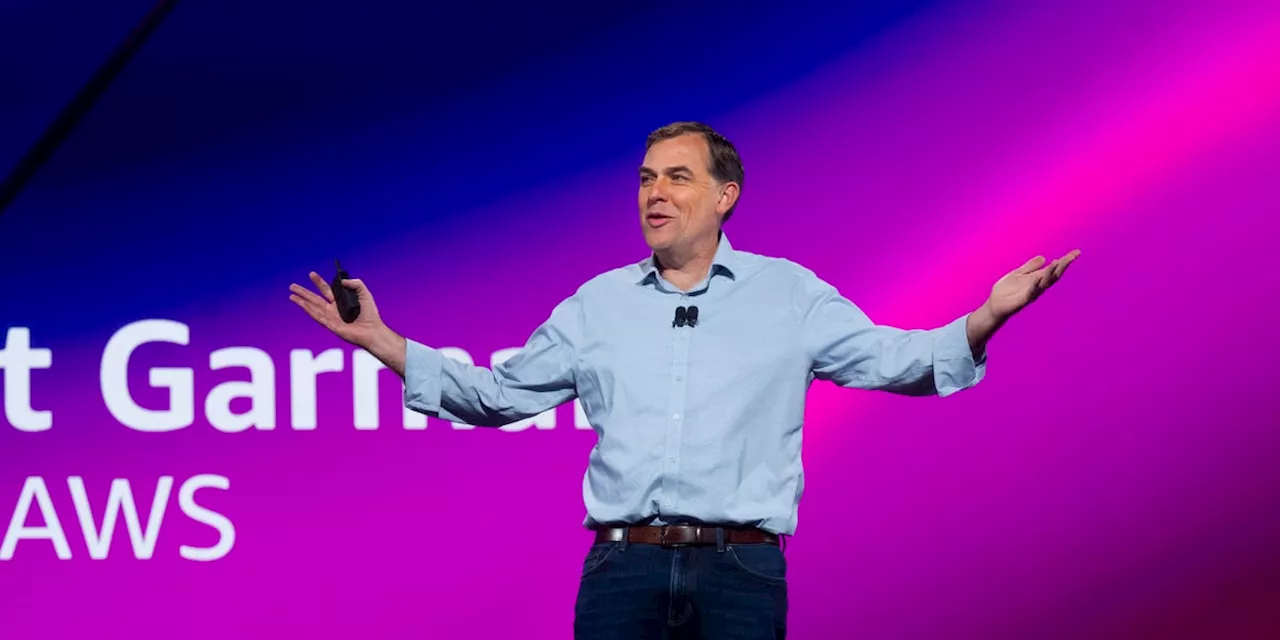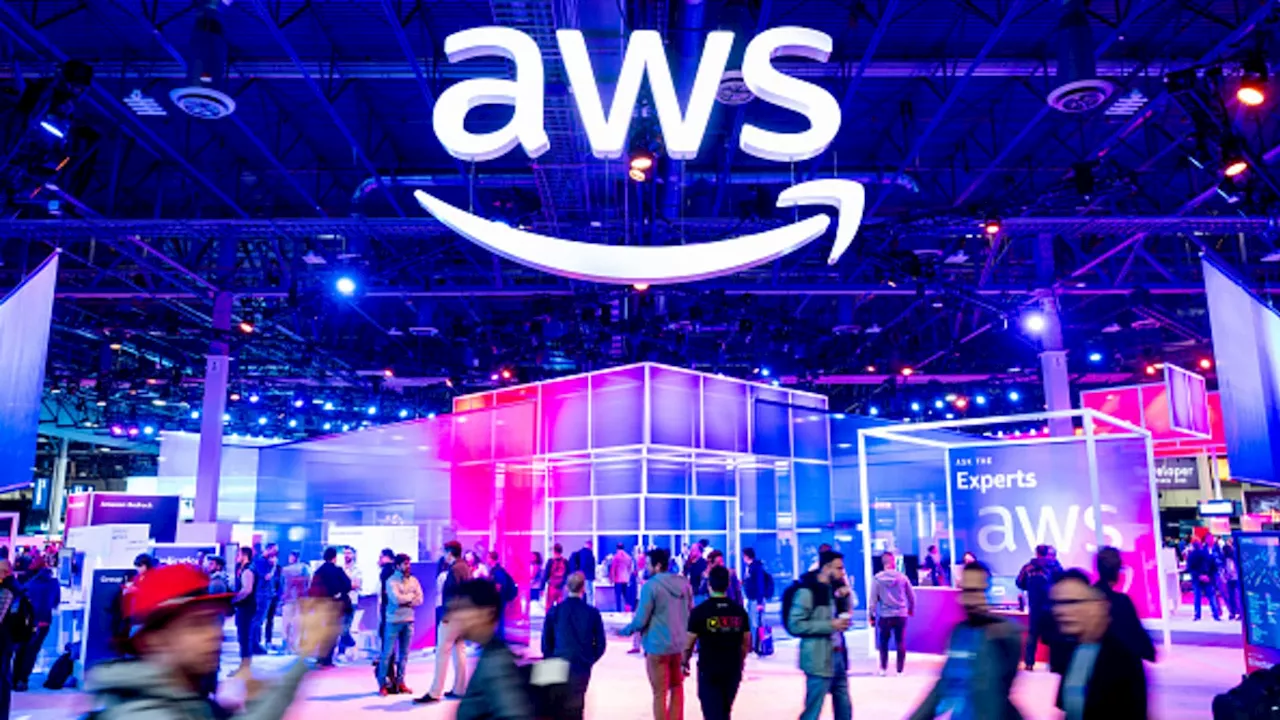AWS Lambda celebrates a decade of serverless innovation, but persistent limitations continue to shape its trajectory.
AWS Lambda celebrated its tenth anniversary in November 2024, marking a decade of transforming cloud computing through serverless architecture. By eliminating the need for infrastructure management, Lambda promised to streamline application development. Yet, despite its influence, serverless computing remains a complement rather than a replacement for traditional compute models.
When I first heard about the AWS Lambda during re:Invent 2014, I expected it to become a parallel stream of compute, transforming into a viable alternative to virtual machines. Today, serverless computing runs only a fraction of the workloads deployed in the cloud. Lambda’s journey is one of breakthroughs, industry-wide adoption and persistent limitations that have shaped its trajectory.When AWS Lambda was launched, it introduced an event-driven execution model that allowed developers to run code in response to triggers without provisioning or maintaining servers. Early adopters, including fintech and gaming companies, leveraged its automatic scaling and pay-per-use pricing to reduce costs and improve efficiency. Over time, Lambda’s seamless integrations with other AWS services enabled new use cases in web applications, real-time data processing and IoT workloads. By 2020, major enterprises had adopted serverless frameworks, drawn to their ability to scale with demand. However, serverless never became the de facto compute model across industries, primarily due to inherent trade-offs that remain unresolved. Containers, such as those managed by Kubernetes, offered more flexibility in workload management, allowing developers to retain control over their runtime environments while still benefiting from automated scaling. Unlike Lambda, which imposes execution time limits and enforces a specific function-based architecture, containers support a broader range of applications, including those requiring persistent state, long-running processes and GPU acceleration. Many enterprises found that containers provided a middle ground between the hands-off nature of serverless and the control offered by traditional virtual machines, leading to an increased preference for container-based workloads in modern architectures.Lambda’s success spurred industry-wide adoption of serverless computing. Azure Functions and Google Cloud Functions emerged as direct competitors, with both services addressing some of Lambda’s gaps. Google, for instance, introduced Cloud Run to bridge the gap between serverless and containerized workloads, offering greater flexibility than AWS Lambda. Meanwhile, startups and third-party platforms like Knative and OpenFaaS provide alternative serverless runtimes and extend Lambda’s capabilities. Lambda remains a strong choice for event-driven applications, .However, enterprises continue to balance Lambda with container-based approaches to retain operational control and mitigate costs.Lambda’s technical evolution has addressed some of its early limitations while exposing new challenges. The introduction of support for additional languages and runtimes, container-based execution and provisioned concurrency has helped mitigate issues like cold starts. Yet, several critical drawbacks persist: cold start latency remains a concern for latency-sensitive applications. Many developers turn to provisioned concurrency to address this, but doing so negates some of the cost benefits of serverless computing.Lambda’s 15-minute execution cap makes it impractical for long-running workloads, such as extensive data processing or machine learning inference. AI and ML workloads increasingly require GPU acceleration, which Lambda does not support natively. As a result, many organizations opt for alternatives such as AWS Fargate or GPU-enabled EC2 instances instead of Lambda for inference tasks. Google Cloud Run, one of Lambda’s key competitors, added native GPU support, further challenging Lambda’s position in this space.As AI-driven applications gain momentum, AWS Lambda has the potential to evolve into a more suitable platform for Generative AI, Large Language Models, and agentic workflows. AWS can enhance Lambda by introducing GPU-backed execution environments, enabling efficient inference workloads for AI applications. Given the stateless nature of Lambda, AWS could also optimize integration with vector databases and caching mechanisms to allow AI agents to process and retrieve contextual data with lower latency. Additionally, introducing dedicated AI inference runtimes and optimizing cold start times for LLM workloads could make Lambda a viable option for real-time AI agents. By streamlining integration with AWS services like Bedrock and SageMaker, AWS can position Lambda as a key component in AI-driven, serverless architectures, balancing cost-efficiency with high-performance inference capabilities. While Lambda has its challenges, its continuous evolution and integration with the expanding AI ecosystem suggest a promising future for this serverless platform
AWS Lambda Serverless Computing Containerization Artificial Intelligence Cloud Computing Scalability Cost Efficiency
United States Latest News, United States Headlines
Similar News:You can also read news stories similar to this one that we have collected from other news sources.
 Lambda Archives Condemns Rebranding of LGBTQ Resource CenterLambda Archives of San Diego expresses deep concern over the rebranding of the Imperial Valley LGBTQ Resource Center, criticizing the exclusion of transgender individuals and the downplaying of the importance of affirming their identities.
Lambda Archives Condemns Rebranding of LGBTQ Resource CenterLambda Archives of San Diego expresses deep concern over the rebranding of the Imperial Valley LGBTQ Resource Center, criticizing the exclusion of transgender individuals and the downplaying of the importance of affirming their identities.
Read more »
 Lambda Labs COO Joins AI Hardware Startup PositronMitesh Agrawal, former COO of Nvidia partner Lambda Labs, has joined Positron, a startup building hardware for AI inference. Positron aims to compete with Nvidia in the rapidly growing AI hardware market.
Lambda Labs COO Joins AI Hardware Startup PositronMitesh Agrawal, former COO of Nvidia partner Lambda Labs, has joined Positron, a startup building hardware for AI inference. Positron aims to compete with Nvidia in the rapidly growing AI hardware market.
Read more »
 Amazon's Cloud Computing Giant Hides Emissions Data in the AI BoomAmazon Web Services (AWS), a leading cloud computing platform, lacks transparency in its emissions reports, making it impossible to assess the environmental impact of its data centers, particularly those involved in AI model training. Despite the growing urgency for such information, AWS doesn't provide location-specific or data center-related emissions data, unlike competitors like Google and Microsoft who also face criticism for vague reporting. This lack of transparency raises concerns about the true environmental cost of AWS's operations, especially as AI's energy demands surge.
Amazon's Cloud Computing Giant Hides Emissions Data in the AI BoomAmazon Web Services (AWS), a leading cloud computing platform, lacks transparency in its emissions reports, making it impossible to assess the environmental impact of its data centers, particularly those involved in AI model training. Despite the growing urgency for such information, AWS doesn't provide location-specific or data center-related emissions data, unlike competitors like Google and Microsoft who also face criticism for vague reporting. This lack of transparency raises concerns about the true environmental cost of AWS's operations, especially as AI's energy demands surge.
Read more »
 Big AWS customers hound cloud giant for access to DeepSeek AI modelsBusiness Insider tells the global tech, finance, stock market, media, economy, lifestyle, real estate, AI and innovative stories you want to know.
Big AWS customers hound cloud giant for access to DeepSeek AI modelsBusiness Insider tells the global tech, finance, stock market, media, economy, lifestyle, real estate, AI and innovative stories you want to know.
Read more »
 AWS and General Catalyst Partner to Accelerate Healthcare AI DevelopmentAmazon Web Services (AWS) and venture capital firm General Catalyst have announced a multi-year partnership to accelerate the development and deployment of AI tools in the healthcare sector. General Catalyst's portfolio companies, starting with Aidoc and Commure, will utilize AWS's cloud computing infrastructure and services to build and launch new healthcare solutions.
AWS and General Catalyst Partner to Accelerate Healthcare AI DevelopmentAmazon Web Services (AWS) and venture capital firm General Catalyst have announced a multi-year partnership to accelerate the development and deployment of AI tools in the healthcare sector. General Catalyst's portfolio companies, starting with Aidoc and Commure, will utilize AWS's cloud computing infrastructure and services to build and launch new healthcare solutions.
Read more »
 New Codefinger Ransomware Targets AWS S3 BucketsA new ransomware threat, Codefinger, has emerged, targeting users of Amazon Web Services (AWS) S3 buckets. This campaign leverages AWS's server-side encryption to encrypt data and demand payment for decryption keys.
New Codefinger Ransomware Targets AWS S3 BucketsA new ransomware threat, Codefinger, has emerged, targeting users of Amazon Web Services (AWS) S3 buckets. This campaign leverages AWS's server-side encryption to encrypt data and demand payment for decryption keys.
Read more »
